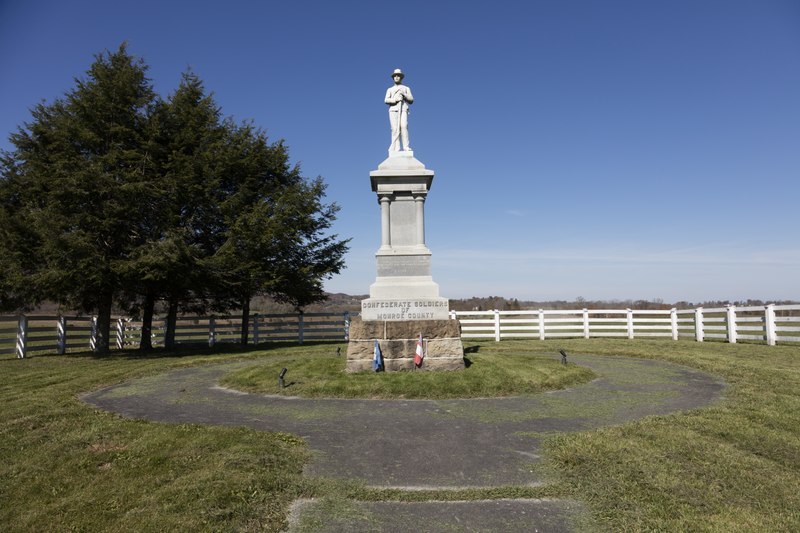The Lost Cause myth and the Jim Crow era, two intricately woven threads in the fabric of American history, share a complex and troubled relationship.
Emerging from the ashes of the Civil War, the Lost Cause myth served as a psychological salve for the defeated South. It romanticized the antebellum South, where benevolent enslavers presided over contented enslaved people. However, this idealized narrative conveniently glossed over the brutal realities of slavery, instead attributing the Confederate defeat to factors such as Union manpower and resources.
As Reconstruction gave way to the Jim Crow era, the Lost Cause myth continued to exert its influence. Jim Crow laws enforced racial segregation, perpetuating inequality and denying African Americans their civil rights. The Lost Cause narrative, with its emphasis on states’ rights and a glorified Southern way of life, justified the entrenchment of segregation in Southern society.
The Lost Cause myth distorted historical truth and shaped public perception of Reconstruction. Promoting an exclusive version of history undermined efforts to achieve racial equality and justice. Organizations like the United Daughters of the Confederacy and Sons of Confederate Veterans actively propagated this myth, erecting monuments and influencing textbooks to ensure that their version of history prevailed.
Central to the Lost Cause narrative was the notion of white supremacy. By memorializing Confederate veterans and promoting a distorted view of history, the myth sought to reunify a divided nation at the expense of African American civil rights. The acceptance of the Lost Cause narrative came hand in hand with racial inequality and segregation.
In summary, the Lost Cause myth and the Jim Crow era are inextricably linked, each reinforcing the other in a cycle of historical distortion and racial oppression. As we reflect on this dark chapter in our nation’s past, we must confront the enduring legacy of these myths and work towards a more just and equitable future.
Reference: Britannica.com Historyonthenet.com Inclusivehistorian.com Battlefields.org
